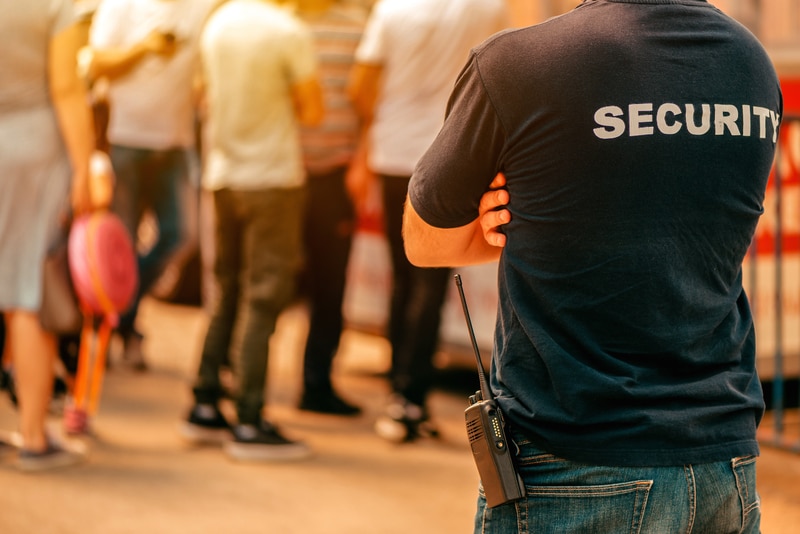By Johnathan Tal
Religious facility administrators – and this includes those involved with synagogues, Buddhist temples, Sikh shrines, Mosques, and other places of worship – must take steps to protect their facilities and the people who use them.
Among them are the following:
Acknowledge that the situation is real. Further, this is not an “urban” church problem, a “suburban” church issue, or a “rural” church concern. All religious facilities, no matter where they are located, can be the target of violence.
Assign a primary security person. It’s essential to have one person – your Security Champion – in charge of church security. This person will oversee communications liaison with local police, the FBI, and other emergency personnel should they be needed. This person will also be in charge of hiring experts to conduct risk assessments, provide protection and gather intelligence.
Meet with local police, fire, and emergency professionals. Make sure they are aware that you are concerned about the facility’s security and ask if they could assess the property’s security needs. Be aware, not all local emergency professionals provide this service, but they should still be mindful of your concerns and actions.
Create a security team. Your primary security champion will also oversee creating a security team.
With this completed, the team will then oversee the following:
- Risk assessments: this is always first priority.
- Assessing communication systems in place should an emergency occur; this would include internal communication to church administrators and police and emergency professionals.
- Look for building blueprints. Many older religious facilities have access points that may no longer be used, and because of this, few people are aware of them. The building blueprint should provide this information.
- Evaluating overall building security. Often, religious facility administrators are surprised to find they have several “weak points,” which allow someone with bad intentions to enter the property, the parking lot, or other buildings with relative ease.
- Assess security technologies currently in use. Many churches’ security systems are now outdated. For instance, if an “analog” system is in place, it needs to be updated to digital. These provide far more information, have more features, and are more reliable.
- Notify all church members that a security program is being created and ask for their suggestions; very often, it is church members who can suggest security steps to be taken that may be overlooked by administrators.
- Have a professional risk assessment performed. Historically, religious administrators are not focused on building security. Not that long ago, it may not even have been a concern. However, it is now. Conducting a professional risk assessment provides administrators and the security team with all the information they need to secure the facility and all people using the facility.
- Become more aware of the crime situation in your area, also referred to as “crime demographics.” Often, when a facility is in its planning stages, a risk assessment organization is brought in to evaluate the amount and types of crime in the area where the facility will be constructed. This information will help determine how much and what kinds of security programs and technologies should be in place for the property once constructed. The same is true with an existing facility. The amount and types of crime occurring in your area can impact your religious facility and its building users.
Easy Steps to Take First
Many of the steps discussed here will likely take some time to implement. Because of this, religious facility administrators should know there are some very prudent but effective precautions that can be implemented relatively quickly.
Among them are installing security cameras both outside and inside the property. Once again, make sure these are digital systems. Along with security cameras, lighting should be installed or updated. New lighting systems use less energy and provide more light.
In areas where children play, add a fabric covering on chain-link fences. This reduces the possibility of covert surveillance from would-be attackers.
Place locks on outdoor containers and dumpsters. An unscrupulous person who wants to create significant harm quickly finds unlocked dumpsters to be their best friend.
Finally, check to see if other religious facilities in your community have joined forces and created programs and partnerships to protect their houses of worship. It does not matter the denomination or the philosophy.
Safety and security issues now impact all religious facilities. If nothing less, this could be a worthy time to work together for the common good of not only religious facilities but the local community.
Johnathan Tal is chief executive officer of TAL Global, a leading risk management, security consulting, and investigative agency serving clients all over the world, www.talglobal.com.











